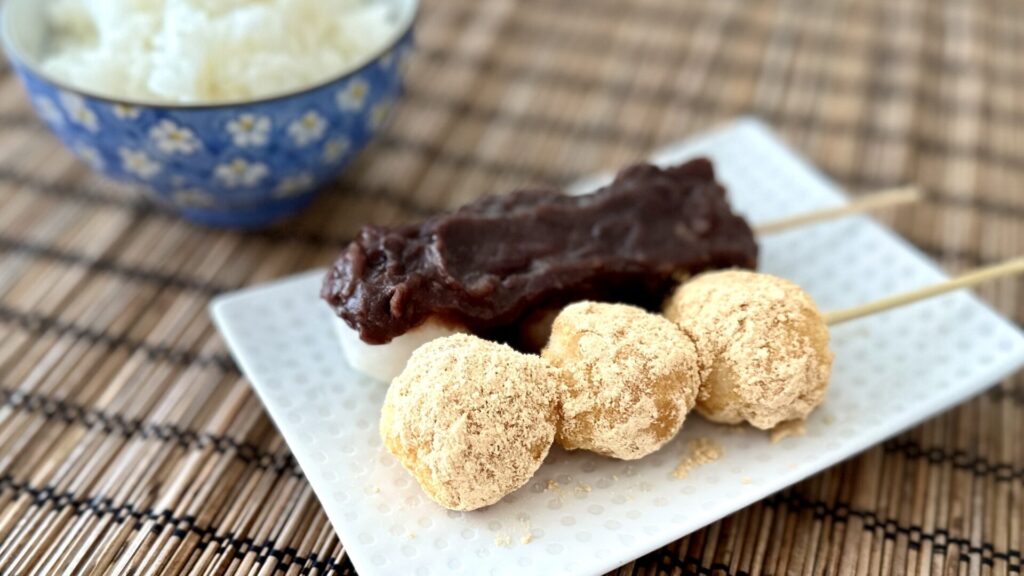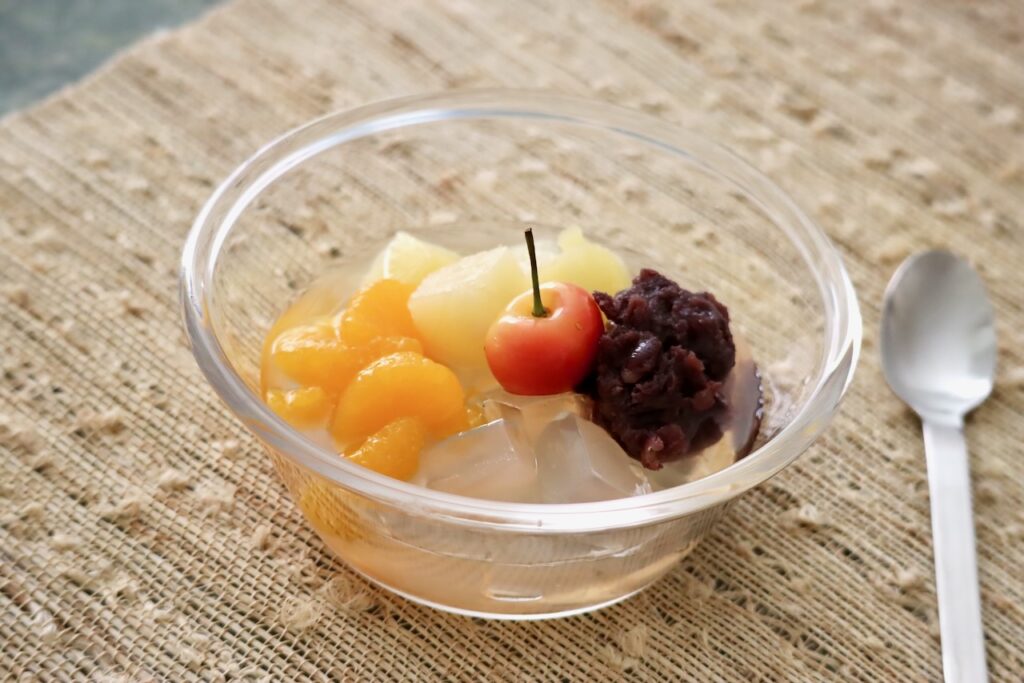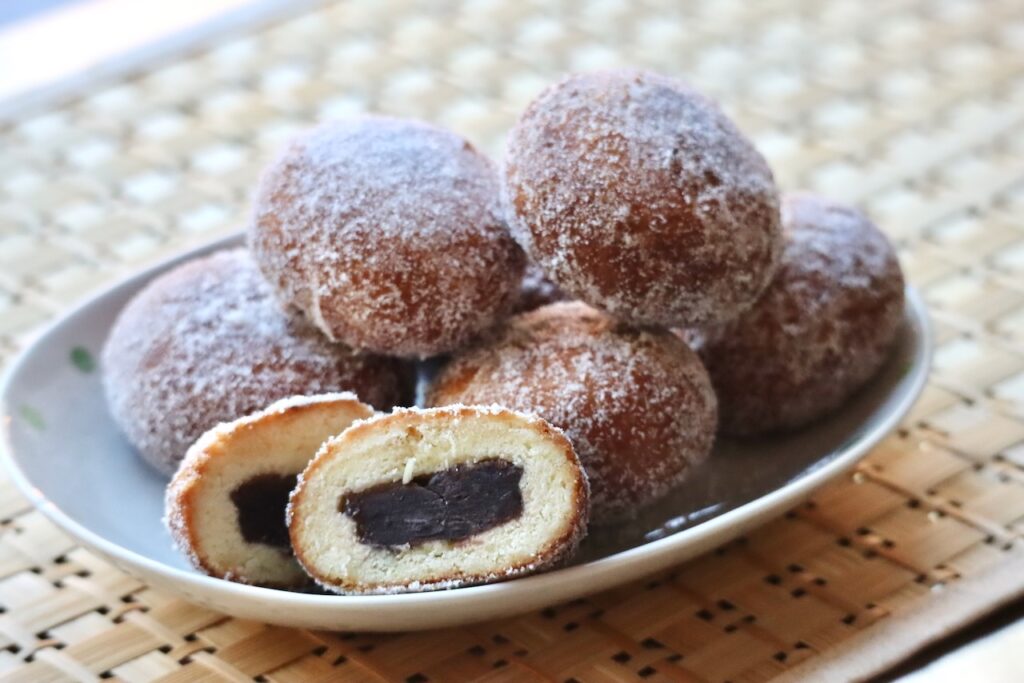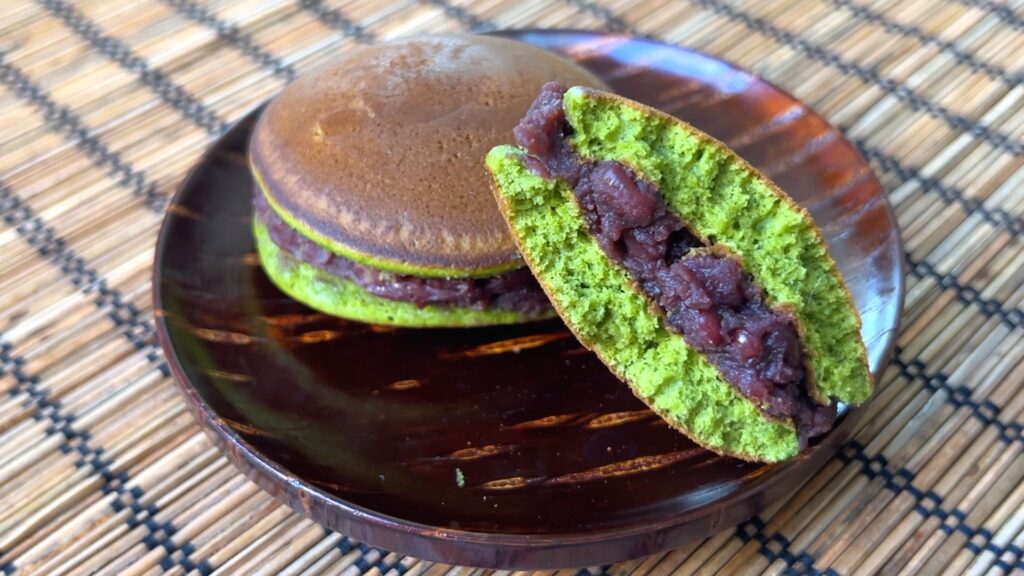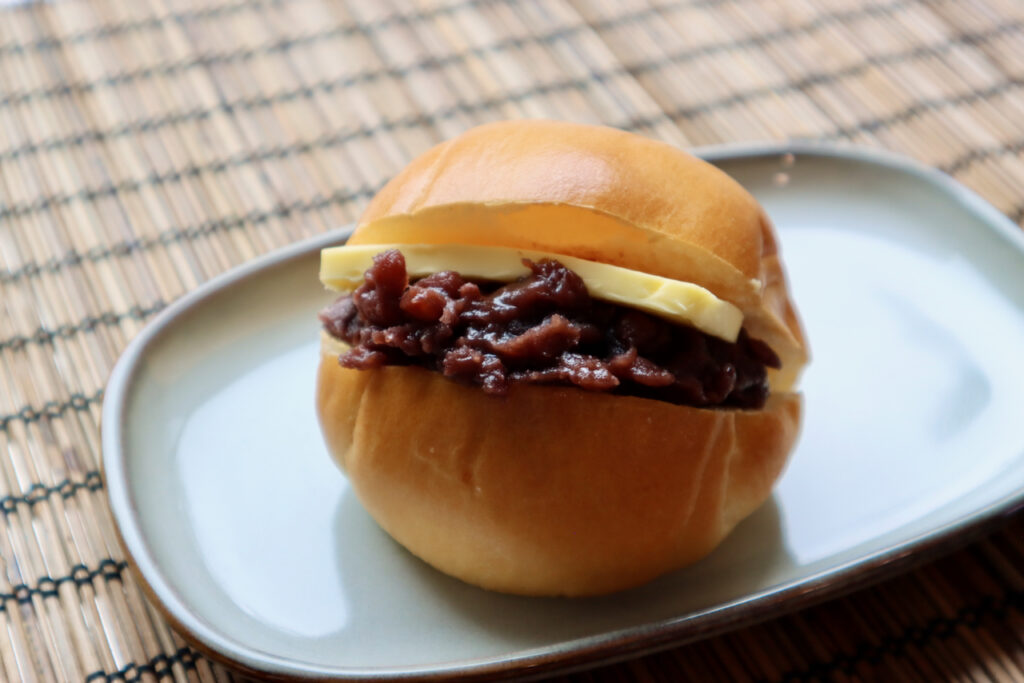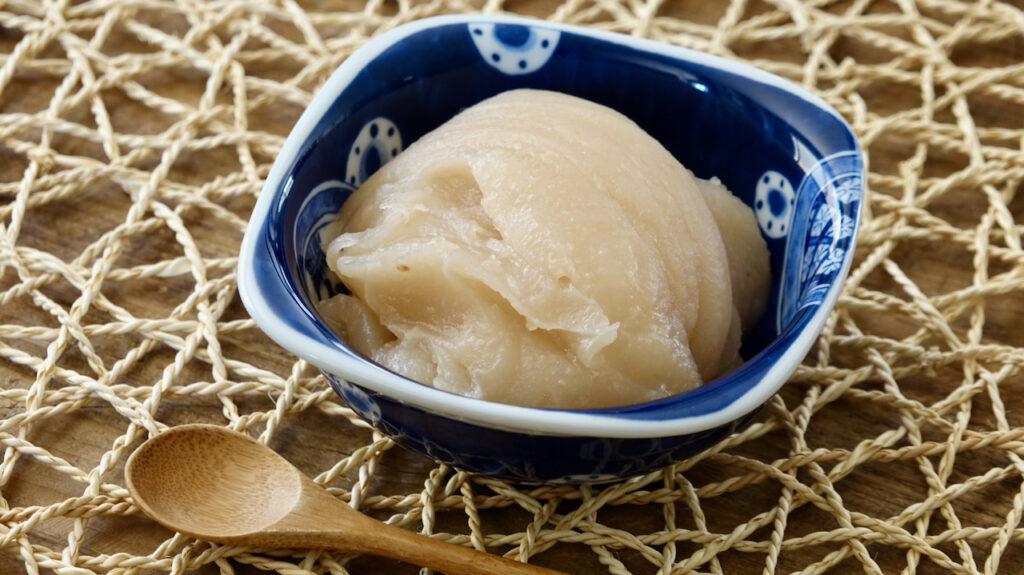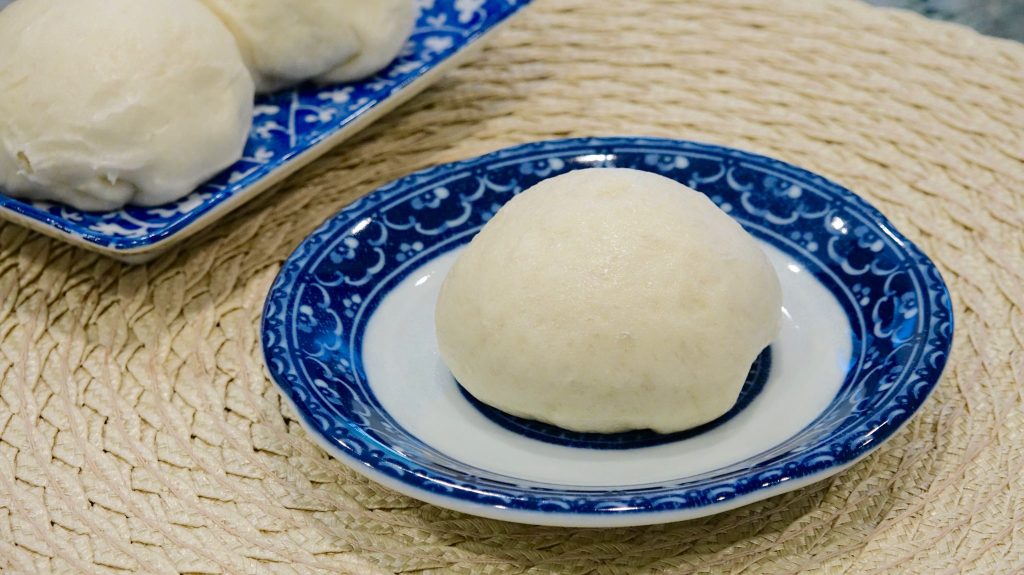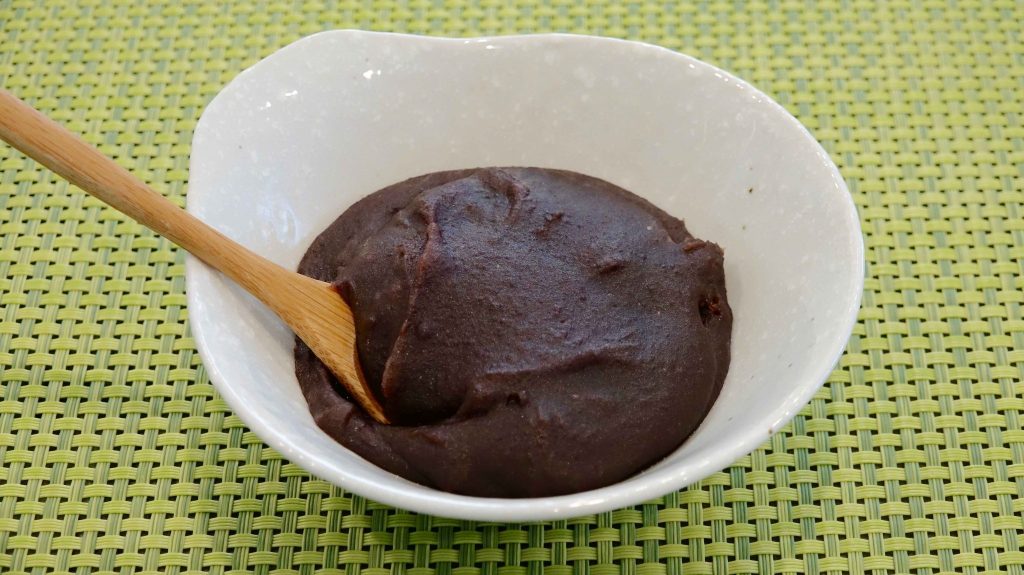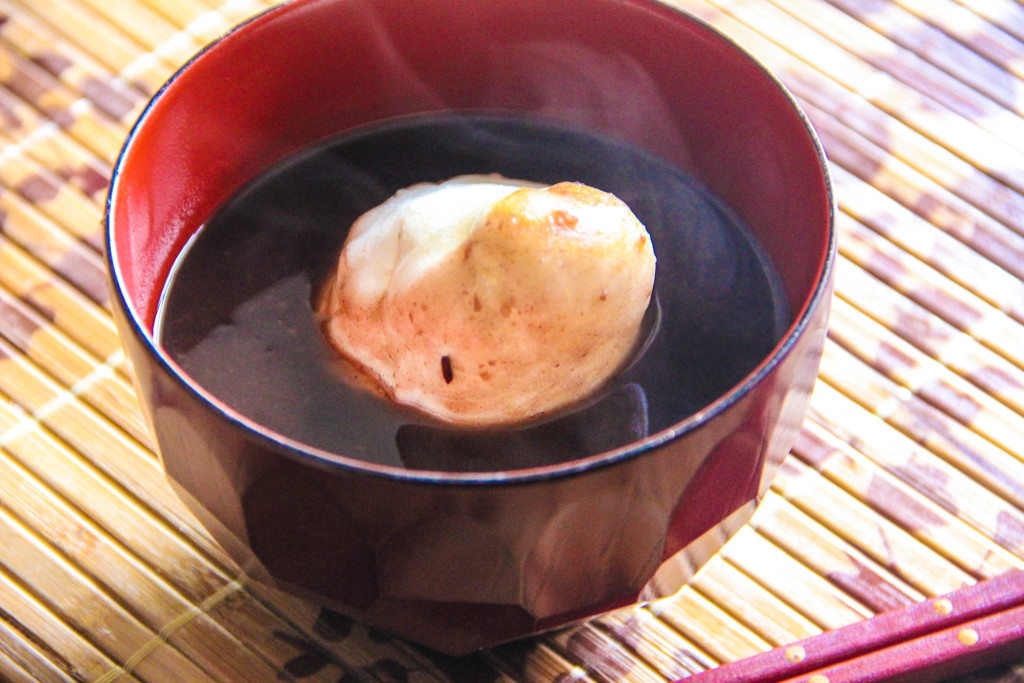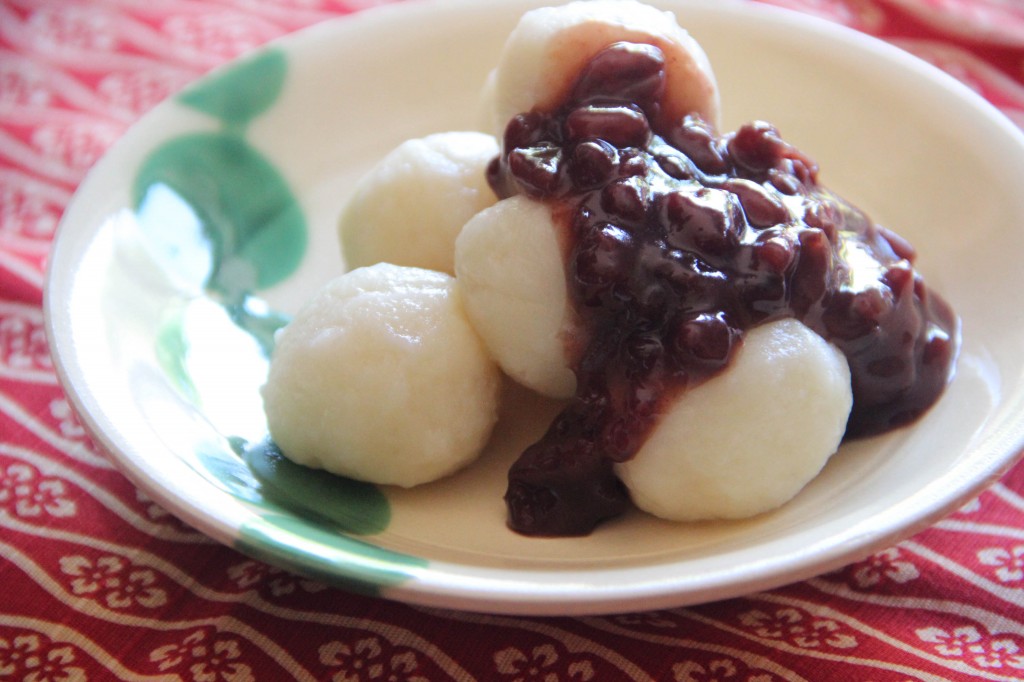This recipe transforms simple steamed rice into soft, chewy, mochi-like rice cakes. By mashing and cooking the steamed rice in a boiling water, it break down into a sticky, smooth dough that resembles traditional mochi in texture. Perfect as a base for both sweet or savory toppings, these rice cakes make a quick and satisfying treat. Kinako (roasted soybean powder) and sugar is the simplest topping for skewered Dango, but you can also use sweet red bean paste (Anko) or Mitarashi sauce. For a toasty flavor, try searing the cakes in a frying pan. No special tools or ingredients are required, making this an easy way to enjoy the taste and texture of homemade mochi using just cooked rice. Hope you give it a try!
Anmitsu is a traditional Japanese cold dessert, a bowl of jelly cubes made from agar (a substance derived from seaweed, “Kanten” in Japanese) topped with Anko (sweet red bean paste) and simple syrup. Anmitsu is loved by many, especially older generations in Japan, for its light, refreshing taste even with sweet Anko, and its visually appealing presentation showcasing cool translucent agar cubes. This chilled sweet is very soothing during hot and humid summers, and a nice afternoon treat to cool down.
An-doughnut, or Sweet Red Bean Doughnut, is a type of Japanese-style doughnut. It is a deep-fried confectionery and a variant of traditional doughnuts with a Japanese twist, containing Anko sweet red bean paste as a filling. Variations of this old-fashioned doughnut have been cherished in Japanese food culture for centuries, and it remains one of the favorite items in bakeries there.
Matcha Dorayaki is a version of the popular Japanese sweet Dorayaki with Anko sweet red bean paste sandwiched between fluffy matcha-flavored pancakes. The harmony of sweetness of the red beans and the slight bitterness from Matcha works very well. If you like Matcha flavor, you have to try it! You can make homemade Anko yourself from our library. Or you may opt to buy prepared Anko from Japanese markets, which is fine too. Because the pancakes contain more sugar than regular American pancakes, cook a small number at a time to be able to handle better without burning them. Have Matcha Dorayaki at a calming teatime for one, or share this delicious dessert with friends and family. Hope you like it!
Anko Butter Sandwich (あんバターサンド) is literally a sandwich with Anko sweet red bean paste and a slice of butter. Anko Butter Sandwich has been having a big boom for the last few years in Japan and you can find many kinds of Anko and butter bread products at bakeries and many other shops now.
Shiro An is sweet white bean paste, and it is a crucial ingredient for Japanese traditional confectioneries, just like Anko sweet red bean paste. Shiro An is made from white kidney beans and sugar. It’s used in a lot of different forms of desserts in Japan, from fresh Mochi desserts such as Fruit Daifuku to baked Manju so it is a great recipe to know if you like making Japanese sweets.
Anman are Japanese steamed hot buns with Anko filling. The white bread part is made from both yeast and baking powder, and it is soft and tender. The filling is Koshian, smooth sweet red bean paste with a hint of sesame flavor. The name Anman comes from the Anko and the cake – Manjyu. Even though Manjyu are more traditional Japanese sweet cakes, this is a steamed Manjyu Japanese people love eating for a hot snack and light meal, just like Nikuman, the savory counterpart.
Koshian (or koshi-an) is a kind of sweet red bean paste (Anko) used in a lot of Japanese sweets. While Tsubuan Anko is bean paste containing whole beans, Koshian is a strained and smooth paste. Koshian is used in many traditional Japanese desserts which have a more sophisticated feel. It tastes a little less sweet than Tsubuan Anko, and it may be easier for people who don’t like that sweet of an Anko flavor.
Dango is a general name for small ball-shaped mochi dumplings. Usually the mochi itself is not sweetened, but toppings and sauces are. Dango are often skewered on bamboo sticks so they are easier (and more fun!) to eat. Dango are a more casual and everyday kind of traditional Japanese sweet (how elegant could it be being on skewers?) than some other formal desserts used in tea ceremony and such.
